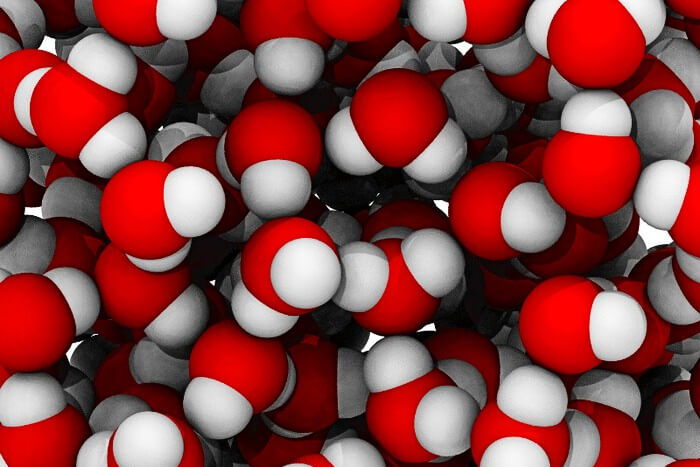Scientists have been wondering about water for a long time. They think that if water is cooled down to really cold temperatures, like -100C, it might be able to turn into two types of liquid that are different densities.
These two types of liquid don’t mix, like oil and water, and they might help explain some of water’s other strange behaviors, like how it becomes less dense when it gets colder.
It’s almost impossible to study this in a laboratory, though, because water turns into ice very quickly at these low temperatures. Now, researchers at the Georgia Institute of Technology have used machine learning models to better understand how water changes under different conditions. They found strong evidence that water can turn into two liquids that don’t mix, which could be useful in real-world situations where water is used.
“We are doing this with very detailed quantum chemistry calculations that are trying to be as close as possible to the real physics and physical chemistry of water,” said Thomas Gartner, an assistant professor at the School of Chemical and Biomolecular Engineering at Georgia Tech. “This is the first time anyone has been able to study this transition with this level of accuracy.”
To understand how water behaves, the researchers used supercomputers to run simulations of how water molecules move and interact. They looked at how the molecules move and studied the structure of the liquid at different temperatures and pressures, trying to recreate the separation between the two types of liquid. They collected a lot of data, running some simulations for up to a year, and kept improving their algorithms to get more accurate results.
In the past, it would have been impossible to run such long and detailed simulations, but machine learning has made it possible. The researchers used a machine learning algorithm that calculated how much energy the water molecules used to interact with each other. This model was much faster than traditional techniques, so the simulations could be done more quickly. The long simulations also made the predictions more accurate. The researchers tested their predictions using different simulation techniques to make sure they were correct.
“One of the challenges with this work is that there’s not a lot of data that we can compare to because it’s a problem that’s almost impossible to study experimentally,” Gartner said. “We’re really pushing the boundaries here, so that’s another reason why it’s so important that we try to do this using multiple different computational techniques.”
Some of the conditions the researchers tested probably don’t exist on Earth, but they might be found in different water environments in space, like the oceans of Europa or the water in the middle of comets. These findings could also help researchers better understand and predict water’s strange and complex physical properties, which could be used in industrial processes, climate models, and more.
This method could also be used to study other materials that are hard to simulate, like polymers, or complex processes, like chemical reactions. Water is a well-studied subject, but this approach could be applied to other things as well.


